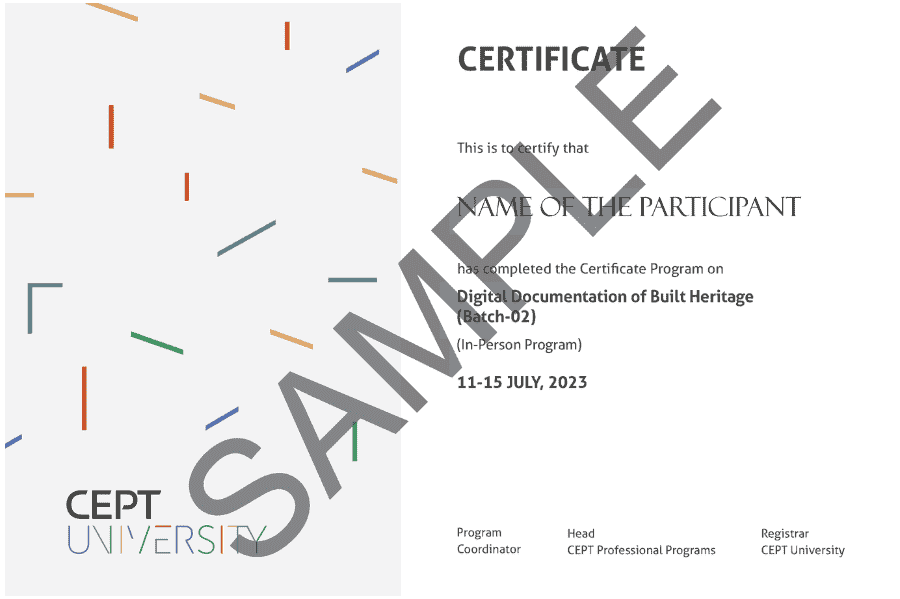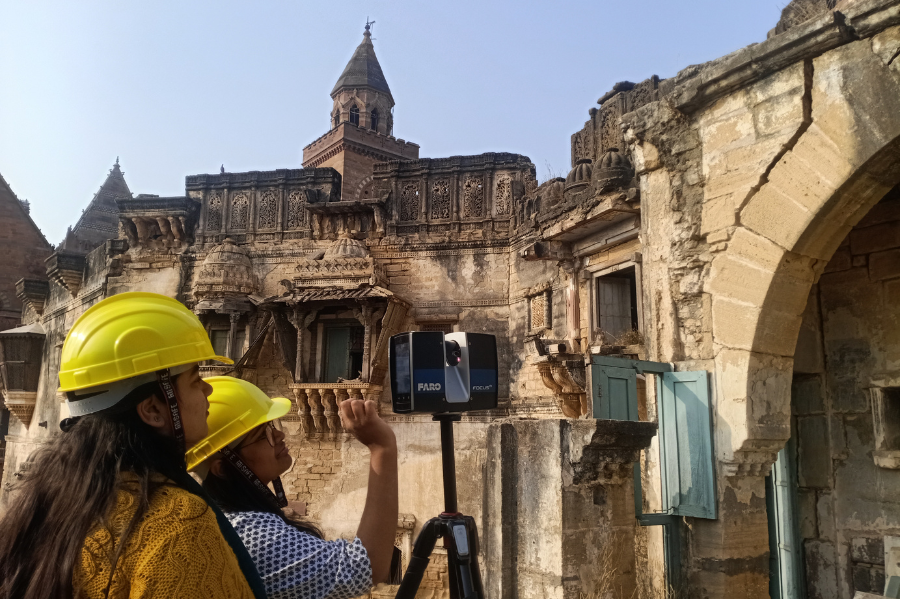- 11 Jul 2023 to 15 Jul 2023
- 24 hours | 5 days
- On-Site + On-Campus
- Certificate of Completion
- INR 25000 + GST
- For Students, Young Professionals, Teachers and Researchers from architectural conservation, heritage management, architecture, design, civil and structural engineering or allied fields.
About
This 5 day-certificate program is designed for participants to develop the skills required for digital documentation of historic buildings and structures through hands-on engagement. Methodological documentation is a prerequisite for scientific conservation processes. Digital methods of documentation are emerging as primary tools to record detailed and accurate information on heritage places within relatively shorter time spans.The program will be held at CEPT University and the site for digital documentation will be the 'Ahmedabad Textile Mill Owners' Association (ATMA)' building in Ahmedabad. The building designed by Le Corbusier is an architectural masterpiece and an important example of 20th century heritage. Participants will gain an exposure to documentation principles, digital tools and techniques through fieldwork. Subject experts will give an introduction to use of GIS mapping, architectural photography, photogrammetry and 3D LiDAR scanning for documentation of built heritage. The program is developed and curated by Centre for Heritage Conservation (CHC), CRDF in consultation with CEPT Professional Programs (CPP), CEPT University. The program will supported by ATMA House.
Program Faculty
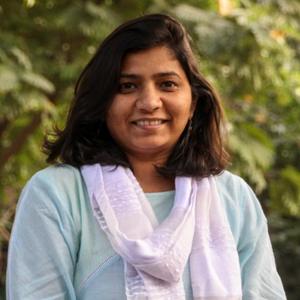
Mrudula Mane
Conservation Architect, Digital Documentation Expert for Built Heritage
Program Lead – Documentation, Center for Heritage Conservation (CHC) at CEPT Research and Development Foundation (CRDF)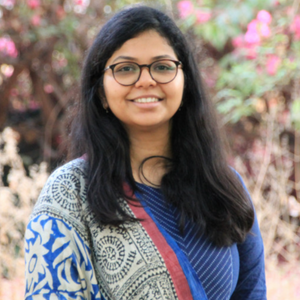
Dr. Shaily Gandhi
Geoinformatics, GIS, Data Science Expert
Deputy Center Head, CAG, CRDF and Program Chair, Geomatics, CEPT University
Maniyarasan R
Architectural Photographer and Photogrammetry Expert
Associate Professor, CARE School of Architecture, Tiruchirappalli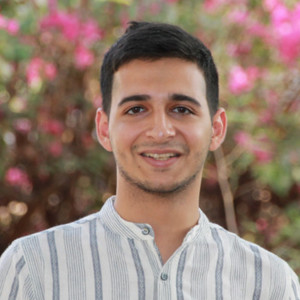
Zeus Pithawalla
Conservation Architect
Research associate, Center for Heritage Conservation (CHC) at CEPT Research and Development Foundation (CRDF)Program Structure
The program is structured as four independent yet interlinked topics. 1. Principles and methods of documenting historic built environments for architectural conservation 2. Application of GIS in documentation 3. Architectural photography and photogrammetry 4. 3D LiDAR scanning and data visualisation
-
Session 1: Introduction to the site and overview of the documentation process
The opening day will be an introduction to the site. A brief overview of manual and digital documentation methods and key considerations for engaging with historic built environment. The introductory session will be followed by a discussion on the prerequisites of the documentation process and the selection of a tool or combination of tools as per the site situations. An input session and hands-on exercise on GIS will be organised.
-
Session 2: Architectural Photography and Photogrammetric Processes
Day two will be dedicated to systematic documentation of the built heritage through photography, informing participants about selecting appropriate cameras, lenses and settings, understanding light conditions as per the site situations, and capturing information in different formats as per the output requirements.
After understanding the fundamental principles of architectural photography and demonstrating the same on-site, the next stage will be capturing photographs for generating photogrammetric output. The demonstration will continue for the processing of the captured data in the prescribed software. -
Session 3: Architectural Photography and Photogrammetric Processes
The photogrammetric explorations, post-processing and refining workflow will continue on day three.
-
Session 4: Demonstration of recording with 3D LiDAR Scanner
Day four will focus on the recording technique of 3D LiDAR Scanning. The demonstration will consist of understanding the scanner and its interface, planning for data collection as per the site conditions, and managing the quantity and quality during field data collection. The session will conclude with the demonstration of data transfer, registration and creation of a base model for vectorisation and quantification.
-
Session 5: Post-processing of data captured
Day five will reflect upon the fieldwork carried out during the first four days. All the data will be collated to understand the advantages and limitations of each method. The aim is to gain insights for optimising the time and efforts required for the documentation of historic built environment while improving the accuracy and quality of the record.
Hear from Past Learners
Applications and Admissions
The Program is open to Students, Teachers, Researches and Professionals of architectural conservation, heritage management, architecture, design, civil and structural engineering or any other field allied to built-environment studies and heritage studies. Participants will receive a certificate from CEPT University on successful completion of the program.
Applications are closed for this program.
Sample Certificate
